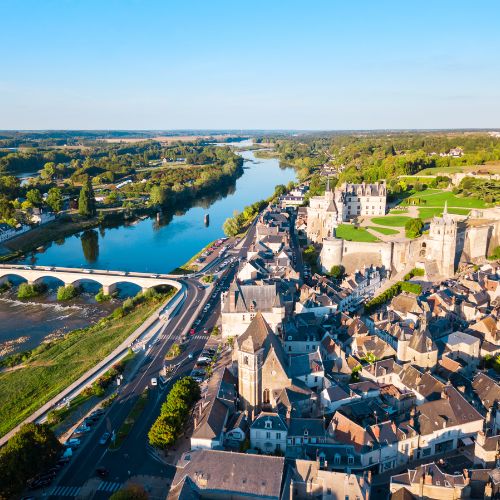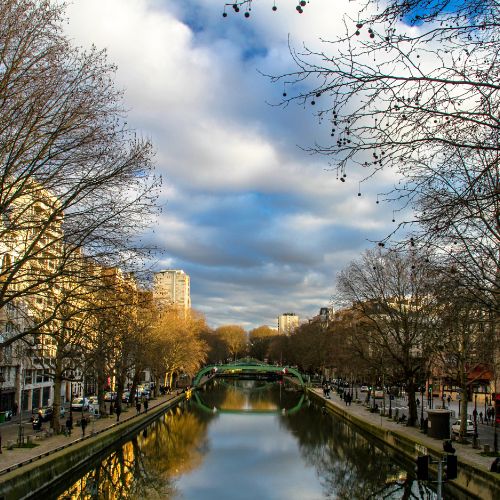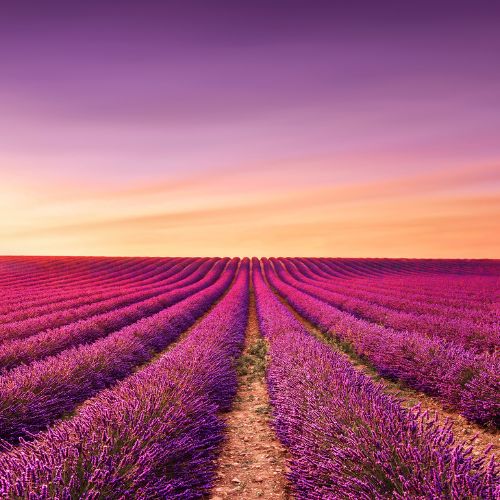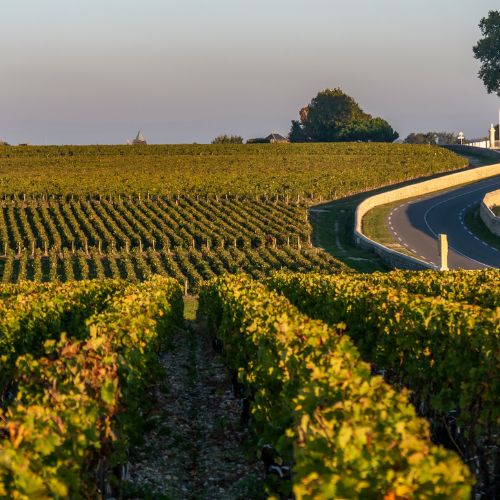
A Journey Through Time: Touring the Loire Valley Châteaux

The Loire Valley, a UNESCO World Heritage site stretching 280 kilometers along the Loire River in central France, is often referred to as the 'Garden of France' and the 'Valley of the Kings.' This enchanting region is home to over 300 châteaux, each telling its own story of French history, power, and artistic achievement.
These magnificent castles, built or extensively renovated during the Renaissance period, were where French kings and nobility chose to build their country residences. Today, they stand as testaments to the opulence and architectural innovation of their time, drawing visitors from around the world.
Must-Visit Châteaux in the Loire Valley
1. Château de Chambord
The largest and perhaps most recognizable of the Loire Valley châteaux, Chambord represents the pinnacle of French Renaissance architecture. Commissioned by King François I in 1519, the castle features 440 rooms, 85 staircases, and 365 fireplaces. Its most famous architectural element is the double-helix staircase, allegedly designed by Leonardo da Vinci, where two people can ascend or descend without ever meeting.
The château's distinctive French Renaissance architecture includes an elaborate roofline with a forest of chimneys, towers, and cupolas that create a skyline resembling that of a small city. Set within Europe's largest enclosed forest park, Chambord offers visitors not only architectural splendor but also beautiful natural surroundings.
2. Château de Chenonceau
Often described as the 'Ladies' Castle,' Chenonceau is known for the influential women who shaped its design and history. The château's most striking feature is its arched gallery that spans the River Cher, creating a breathtaking reflection in the water below. This unique design makes Chenonceau one of the most photographed castles in the Loire Valley.
The interior is just as impressive, with beautifully furnished rooms showcasing rare tapestries, exquisite paintings, and antique furniture. The castle's formal gardens, designed by Diane de Poitiers and Catherine de Medici, exemplify the French garden style with their geometric patterns and carefully manicured vegetation.
3. Château d'Amboise
Overlooking the Loire River and the medieval town of Amboise, this royal château blends Gothic and Renaissance styles. It was a favorite residence of French kings from the 15th to the 19th centuries. Leonardo da Vinci spent his final years here as a guest of King François I and is buried in the chapel of Saint-Hubert within the château grounds.
The Loire Valley is France's Valley of the Kings, a fairy-tale realm of magnificent châteaux, each more splendid than the last.— Rick Steves
4. Château de Villandry
While Villandry's interior is impressive, the château is most famous for its spectacular Renaissance gardens. These include ornamental flower gardens, vegetable gardens arranged in intricate geometric patterns, water gardens, and a maze. The gardens represent different aspects of love: tender, passionate, flighty, and tragic, expressed through carefully arranged plantings and symbolic designs.
- The kitchen garden features nine identical squares with different geometric patterns of vegetables and herbs
- The ornamental garden represents the four types of love through symbolic plantings
- The water garden provides a tranquil space for reflection
- The sun garden is the newest addition, created in 2008
5. Château de Cheverny
Renowned for its remarkably preserved interior, Cheverny has been owned by the same family for over six centuries. The château served as inspiration for Hergé's Marlinspike Hall in the Tintin comics. Visitors can admire the consistent 17th-century classical style throughout the building, lavish apartments with period furniture, and impressive collections of tapestries and paintings.
A unique attraction at Cheverny is the feeding of the château's hunting hounds – about 100 dogs are kept in the castle's kennel, and visitors can watch their impressive feeding ceremony.
Planning Your Loire Valley Château Tour
With so many magnificent châteaux to choose from, planning your Loire Valley tour requires some strategy:
Base yourself in a central location like Tours, Amboise, or Blois, which offer good accommodation options and easy access to many of the major châteaux. While public transportation exists, renting a car provides the most flexibility for exploring the countryside at your own pace.
Don't try to see too many châteaux in one day – castle fatigue is real! Two per day is often the right pace, allowing sufficient time to appreciate the architecture, interiors, and gardens without feeling rushed. Consider balancing your visits between the larger, more famous châteaux and smaller, less crowded ones for a more varied experience.
The Loire Valley offers more than just castles. The region is famous for its wines, particularly white wines made from Chenin Blanc and Sauvignon Blanc grapes. Many vineyards welcome visitors for tours and tastings, providing a perfect complement to château visits.
Whether you're a history enthusiast, architecture lover, garden admirer, or simply seeking the fairy-tale experience of exploring real castles, the Loire Valley offers an unforgettable journey through France's royal past. Each château tells its own story of power, ambition, and artistic achievement, together creating a living museum of French Renaissance culture.
More Articles You May Enjoy
Continue exploring France through our travel guides

Exploring Paris: 7 Hidden Gems Off the Beaten Path
Discover the secret spots in Paris that most tourists miss but locals love. From hidden gardens to charming cafés, these gems will make your Paris visit truly special.
Read more
The Ultimate Guide to Provence's Lavender Fields
Experience the magic of Provence's famous lavender fields with our comprehensive guide. Learn when to visit, the best locations, and photography tips to capture the stunning purple landscapes.
Read more
The Ultimate Bordeaux Wine Tasting Experience
Immerse yourself in the world-renowned wine region of Bordeaux with our expert guide to the best vineyards, tasting experiences, and regional wine knowledge to enhance your visit.
Read more